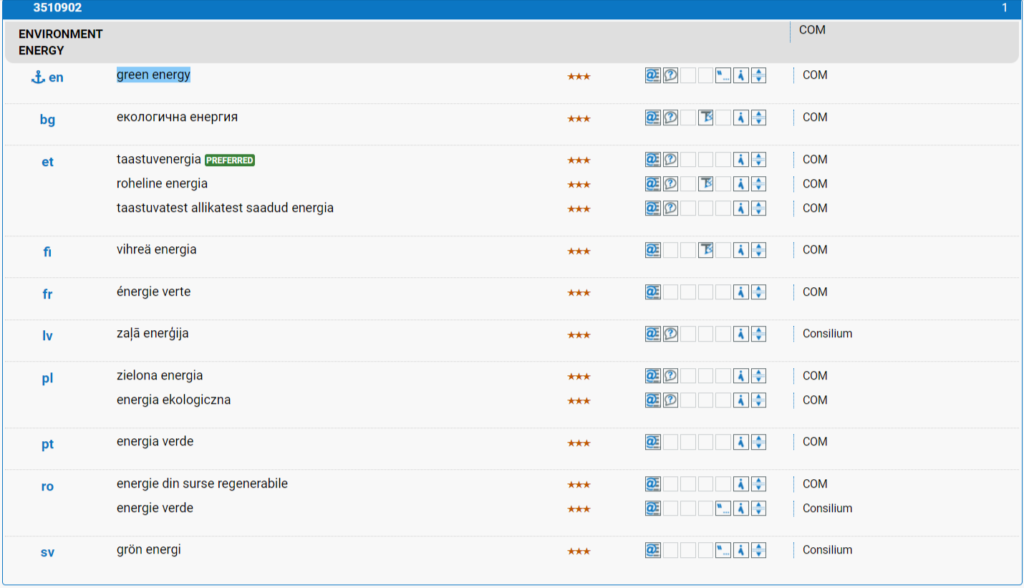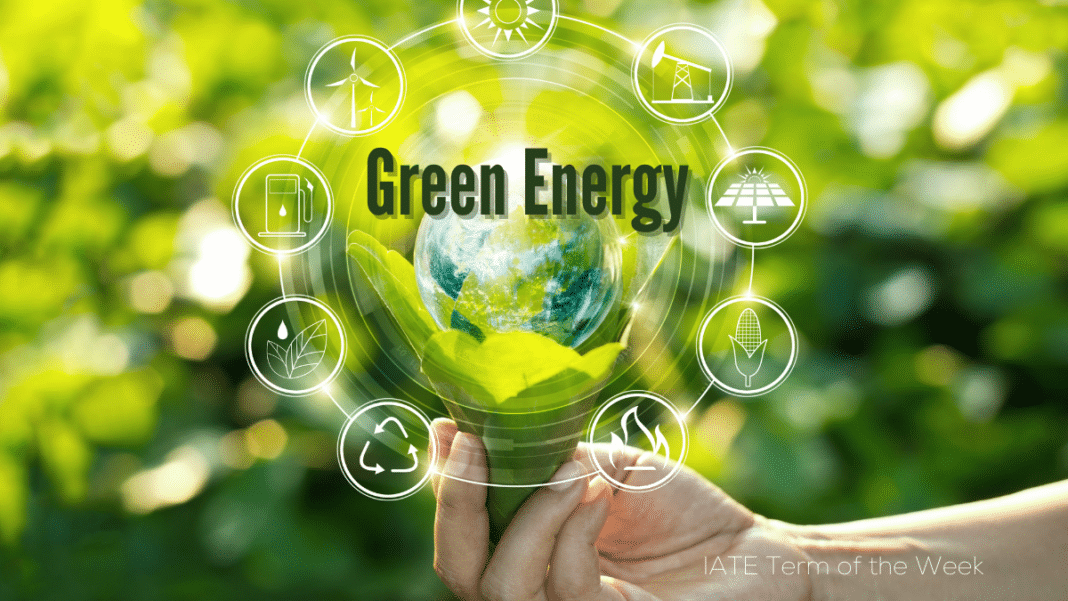The more we use “green” energy, the quicker we can become carbon neutral, and that is a “win-win” situation for both us and nature.
The main definition for “green energy” states that it can be any type of energy that comes from natural resources such as sunlight, wind or water. These energy resources do not harm the environment simply because they do not release greenhouse gases into the atmosphere. However, often “green” energy and renewable energy sources are used as synonyms but there are some differences between them, which we explain below.

Types of “green” energy
Solar, wind and hydropower are among the most well known types of “green” energy. They are also renewable, as solar energy is never exhausted. The other types of energy that are known to be renewable, however, are not “green”. For instance, biomass power uses wooden and agricultural waste to produce energy. While this does not emit as much greenhouses in the atmosphere as coal, it still releases more emissions than the solar and wind power sources. Therefore, biomass energy is considered renewable but not completely “green”. In the same way, power generation that burns organic material from sustainable forests may be renewable, but it is not necessarily green, due to the CO2 produced by the burning process itself.
Other type of renewable energy source are biofuels. The same input material used for the production of biomass energy can be used for fuels such as ethanol and biodiesel. It can have a profound effect on the status of our environment as these clean fuels can meet more than 25% of the global transportation fuel demand by 2050. Currently, the members of the European Parliament work towards moving the shift from funding natural gas projects to direct more financing to hydrogen infrastructure and carbon capture and storage (check the link in resources). The Parliament will negotiate the rules with the European Council.
Reference:
What is Green Energy? (Definition, Types and Examples) – TWI . 2021. What is Green Energy? (Definition, Types and Examples) – TWI . [ONLINE] Available at: https://www.twi-global.com/technical-knowledge/faqs/what-is-green-energy#WhatDoesGreenEnergyMean. [Accessed 14 October 2021].
Foreign Policy. 2021. The Green Future of Endless Clean Energy Has Arrived. [ONLINE] Available at: https://foreignpolicy.com/2021/01/23/clean-green-energy-future/. [Accessed 14 October 2021]. EU measures to guarantee safe and green energy | News | European Parliament. 2021. EU measures to guarantee safe and green energy | News | European Parliament. [ONLINE] Available at: https://www.europarl.europa.eu/news/en/headlines/economy/20210930STO13911/eu-measures-to-guarantee-safe-and-green-energy. [Accessed 14 October 2021].
EU measures to guarantee safe and green energy | News | European Parliament. 2021. EU measures to guarantee safe and green energy | News | European Parliament. [ONLINE] Available at: https://www.europarl.europa.eu/news/en/headlines/economy/20210930STO13911/eu-measures-to-guarantee-safe-and-green-energy. [Accessed 14 October 2021].

Written by Daniela Ignatova
She holds degrees in both Public Relations and European Governance. Currently, Daniela is combining her passion for communications and social media with her interest in the work of the European institutions.

